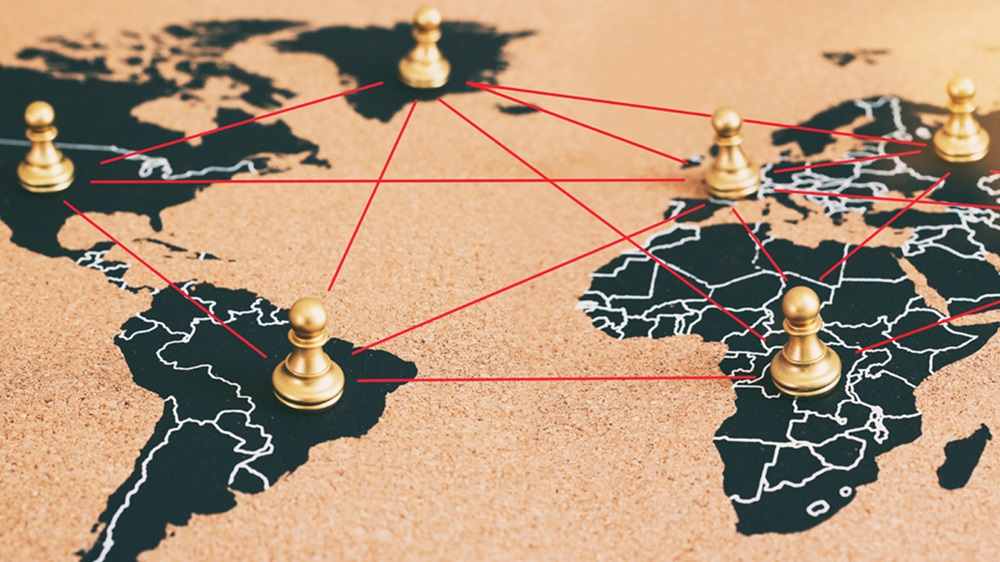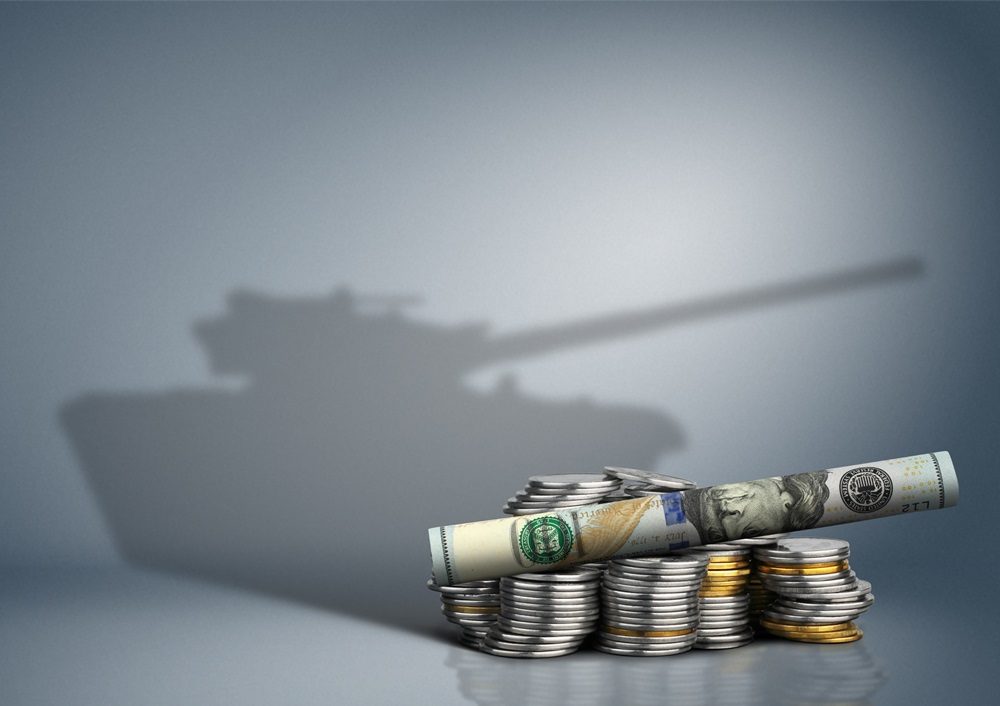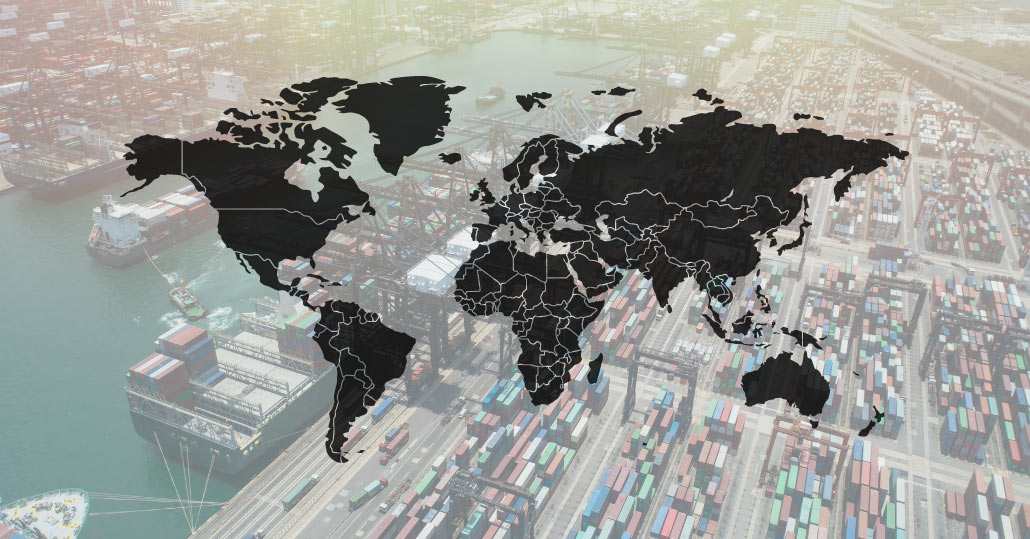Ever feel like the world’s troubles land on your doorstep? You’re not alone. In our global economy, when a country sneezes, the world feels it. Take the recent Supply Chain Disruptions Due to Geopolitics: Navigating Geopolitical Upheavals with Smarts. Big words, big impact. The minute two countries get into a spat, your business could take a hit. But don’t sweat it. I’m here to guide you through this maze. We’ll look at the roots of these issues, and I’ll show you how to turn these challenges into your next win. From trade barriers to smart stockpiling, get ready to become a supply chain ninja!
Understanding the Current Geopolitical Landscape and Its Supply Chain Implications
Exploring How Geopolitical Tensions Impact Trade
Think of trade like a river flowing between countries. Now, imagine if that flow hits rocks or dams. These are like the geopolitical tensions that mess with trade. Goods can’t move as easily or fast. Prices shoot up. Stores may run low on stock. Places like conflict zones or areas with tough government policies see these problems a lot.
Identifying Key Global Trade Barriers and Their Origins
Trade barriers are like roadblocks on this river. They come up when countries don’t play nice. Maybe they fight over land, slap on heavy taxes, or keep goods out. Some blocks are old grudges between countries. Others pop up fast due to new fights or panic in global politics.
When barriers go up, it gets real tough to move things where they need to go. Costs go higher, and that hits your wallet. It’s like when your favorite snack costs more, or you can’t even find it in the store because it’s stuck in another country. These barriers can come from trade wars, arguments over borders, or rules that change too fast to keep up with.
Businesses that make or move stuff from place to place hit these barriers hard. They have to think fast to avoid delays and keep their shelves stocked. If you ever saw “Out of Stock” for your favorite game or toy, blame these barriers. Companies must always check the news and be ready to change their plans, so your stuff gets through without extra costs or long waits.
To stay sharp, they figure out where risks might come from and plan for the ‘what ifs’. Like, “What if a fight breaks out?” or “What if a new rule stops our goods?” They have to be smart and know their stuff to keep everything smooth.
All this talk about trade barriers might sound scary. But knowing about them helps us stay ready. We can still get our stuff, even when the world’s having a tough time. It’s all about planning, knowing who you deal with, and being ready for surprises. This is what keeps our global trade river flowing, even when it hits those rocks or dams.
Tackling Geopolitical Challenges in International Supply Chains
Strategy for Overcoming Cross-Border Supply Chain Challenges
When global politics cause chaos, supply chains take a hit. But smart moves can help us manage. Think about a chess game. It’s all about planning and knowing your pieces.
Countries often change their rules. This affects how goods move across the world. Imagine trying to ship toys but finding out a new tax popped up overnight. That’s what we deal with.
First, stay informed. Like a hawk eyeing its prey, you must watch for signs of change in international relations. Use the power of the internet. Stay up-to-date with news that might hint at new trade wars or political dust-ups.
Next, know your map. Do your goods cross through risky spots? Sometimes it’s quicker to take a detour to avoid trouble. That’s where trade route diversification comes in. Think of it like avoiding traffic on a busy road.
Build strong friendships. Partner up with local experts who know the lay of the land. They can help you move your stuff through borders smoothly. Remember, friends in the right places are gems when dealing with cross-border snags.
Also, get creative with where you get your supplies. Don’t put all your eggs in one basket. Mix it up. This way, if one source goes wonky, you’ve got backups ready.
Assessing the Effects of Embargoes on Supply Networks
Embargoes are tough. It’s like someone put up a big “Do Not Enter” sign on your goods. When a country says no to trade, it can jam up how we get things we need.
Let’s say you make chocolates and need cocoa. But the country you get it from has an embargo. Yikes! No cocoa means sad chocolate lovers. So, what can we do?
Act fast and look elsewhere. There are usually other places where you can find what you need. Maybe it’s not the same, but it can work until things get better.
Talk to the experts. There are people who figure this stuff out for a living. They know about different rules for each country and can help find a way through the mess.
Plan for the rainy days. When skies are clear, put away some extra supplies—just in case things go south. This is what we call strategic stockpiling. Think of it like keeping a stash of snacks for a long road trip.
Check the rules. Sometimes, there are special reasons that let you trade even with an embargo. But this can be tricky, so you have to read the fine print or ask someone who knows the rules inside out.
Remember, it’s a tricky world out there. But with some street smarts and quick thinking, we can tackle those geopolitical curveballs and keep our goods moving!
Mitigating Supply Chain Risks Amidst Geopolitical Instability
Leveraging Trade Policy Fluctuations to Enhance Supply Reliability
Global supply chains face big risks from world politics. When countries fight or set up new rules, goods moving across borders can get stuck or cost more.
How do trade policy changes affect supply reliability?
They can cause delays and make goods scarce or costlier. But knowing about these changes quickly can help keep your supply chain moving.
Say one country makes a new rule that impacts trade, like a tax on items coming in. Companies can get hit hard by this. If you’re smart, you keep an eye out for such news. You then find other places to get your goods, or you stock up before the new rule kicks in. It’s all about being ready and able to move fast.
Staying current on policies helps you plan better. You might need to shift where you buy materials or how you send your products. Changes can happen fast. The goal is to keep your goods flowing smoothly, no matter what.
Adopting Strategic Stockpiling Policies in Uncertain Times
Having extra stuff on hand can really save the day when supply chains break down. It’s what we call “strategic stockpiling.”
Why is strategic stockpiling important in times of uncertainty?
It’s a safety net. This means you have key items stored so that if trade stops or slows down, you can keep making and selling your products.
Think of it like this: you have a favourite snack, but you hear the store might run out. So, you buy extra. If the store runs out, you have your own supply and you’re happy. With companies, we do the same. If we hear about trouble that might block the supplies we need, we store extra.
This doesn’t mean you fill warehouses with stuff just in case. That’s too costly. You pick the most important materials that your business cannot run without. And you only keep as much as you need to get through the hard times.
We must watch politics and markets closely. When whispers of conflict or rule changes come up, it’s action time. We get extra supplies or find new ways to get our stuff. It helps us keep promises to customers and stay strong as a business.
In this shaky world, it’s all about making wise choices. With good planning and quick thinking, we tackle the mess that politics can bring to our supply chains. We keep those trucks rolling, ships sailing, and businesses buzzing. It’s not simple, but as experts in this game, we plan for the worst and hope for the best. It’s how we keep delivering no matter what.
Building Resilience: Adaptive Strategies for Supply Chain Management
Diversifying Trade Routes to Secure Transportation and Reduce Risks
Trade routes are like streets in a city. When one closes, you need a new way to go. Same in trading across countries. Why do we need to change routes? Problems may happen—storms, conflicts, or laws can block the way. So, what do we do? We find many paths, not just one. This way, if one has trouble, we have backup plans. It’s like having extra batteries when the power goes out.
Boats carry most stuff worldwide; if their paths have issues, our goods get stuck. Think about a big ship stuck in a canal; everything behind it can’t move either. We learn from this. We use different ways—through seas, air, and land. This makes sure we keep getting what we need.
Now, you might wonder, what about the extra cost? Yes, having many routes can cost more. But think about the cost when goods don’t arrive on time. The loss can be huge. Diversifying routes is like insurance; it’s there to help us when trouble hits.
There’s also a tech side to this. We use computers to watch routes and spot trouble fast. This tech is cool. It helps us react quickly, switching routes fast and keeping things moving. Think of it as a GPS for global trade, one that keeps updating with new info all the time.
Strengthening Sourcing Strategies Through International Trade Agreements
The deals between countries on buying and selling are important. They make rules to help trade go smoothly. These deals are called trade agreements, and they matter a lot. Why? Because they can make trade easier, less costly, and more secure.
Let’s say two countries make a deal. They agree on low taxes on goods and rules that favor each other. This means less cost for them and more trade. But when there’s no deal, things can get hard and pricey. Taxes go up, and rules can change fast, making it hard to trade.
These deals take time and work to build, but they’re worth it. They can protect us from sudden changes in rules. They also open new chances for us to buy and sell in more places. The trick is to have many deals with different countries. Just like with trade routes, we don’t want all our eggs in one basket. With many deals, if one changes, we have others to fall back on.
We don’t just shake hands on these deals and forget them. We keep an eye on them, make them better over time, and always look for new ones. It’s like making friends — the more good ones we have, the better.
So there you have it. In a world where things can change fast, we need smart plans. Plans that use different routes and good deals to protect our trade. We can’t control storms or conflicts, but we can be ready for them. By being smart and ready, we keep trade moving, no matter what lies ahead.
In this post, we dove into how world tensions shape the way we get goods. We saw how fights between countries can make trade tough. We uncovered the roots of big trade blocks. We mapped out plans to tackle supply troubles that cross borders and looked at how bans from trade hit our supply webs.
We also shared how smart moves can cut risks in shaky times. By watching trade laws and saving up smart, we can keep supplies coming. To stay strong, we found new paths for moving goods and made trade deals to help source better.
These steps are key. They help us stay ahead and keep our goods flowing, even when the world gets rough. Trust me, with the right plan, we can deal with these big supply chain woes. Let’s stay sharp and adapt. That way, we’re ready, come what may.
Q&A :
How do geopolitics influence supply chain disruptions?
Supply chain disruptions can be significantly influenced by geopolitics such as trade policies, sanctions, political conflicts, or instability in certain regions. These geopolitical factors can result in delays, increased costs, and even the complete halt of supply movements, as countries may impose trade barriers or restrictions that affect the flow of goods.
What are some key examples of supply chain disruptions caused by geopolitical events?
Several historical events have caused notable supply chain disruptions due to geopolitics, including trade wars between major economies, embargoes, and regional conflicts. For instance, the U.S.-China trade dispute and Brexit have both resulted in uncertainties and adjustments in supply chains. Additionally, regional tensions in the Middle East have disrupted oil supplies, impacting global energy markets and related supply chains.
How can companies mitigate the risks of geopolitical supply chain disruptions?
Companies can mitigate these risks by diversifying their supplier base and logistics options, investing in predictive analytics to anticipate disruptions, and developing flexible supply chain strategies. Building strong relationships with suppliers and improving supply chain visibility are also key to navigating geopolitical uncertainties effectively.
Are there long-term strategies for dealing with geopolitically-induced supply chain disruptions?
Long-term strategies might include setting up local or regional supply networks to reduce reliance on geopolitical hotspots, investing in technology to enable supply chain resilience, and actively monitoring geopolitical developments to preemptively adjust supply chain strategies. Additionally, companies may consider strategic stockpiling of critical resources or re-shoring certain operations.
What role does technology play in managing supply chain risks related to geopolitics?
Technology plays a crucial role in managing supply chain risks through improved visibility and analytics, which help companies anticipate and respond to geopolitical events. Advanced technologies like AI, IoT, and blockchain can enhance real-time tracking, risk assessment, and the secure and transparent sharing of information across the supply chain network.






